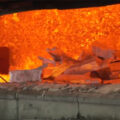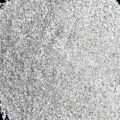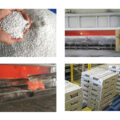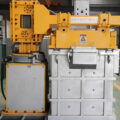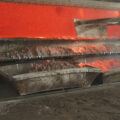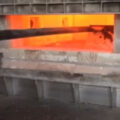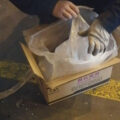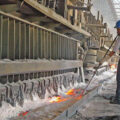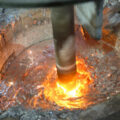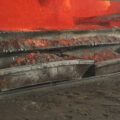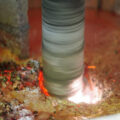Due to the relatively high content of alkali metals in the electrolytic aluminium, the aluminium liquid refining process needs to be strengthened. Use 5%~10% chlorine and argon to refine the furnace for no less than 15 minutes, or use high-quality refining agents multiple times. In addition, the smelting furnace process needs to be optimized. After the slag refining is completed, a certain amount of Ti is added to the smelting furnace ingredients. At the same time, let it stand for more than 30 minutes in the smelting furnace to promote the preliminary precipitation of Ti and harmful trace elements. Avoid all the molten aluminum at the bottom of the furnace during the converter, so as to ensure that the molten aluminum transferred into the holding furnace is cleaner and contains less harmful trace elements.
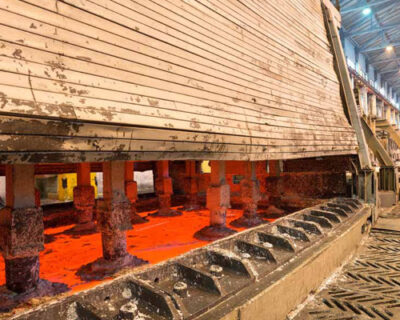
After aluminium liquid refining is optimized and strengthened through a series of processes, the molten aluminum that is transferred into the holding furnace and enters the cast-rolling mill train is relatively clean.
In order to further improve the quality of molten aluminum, it is particularly important to check the quality of the online aluminum titanium boron wire. Because the TiB2 particles in the aluminum-titanium-boron wire itself are one of the slag inclusions. Choosing poor quality aluminum-titanium-boron wire will inherently bring a greater risk of slag inclusion, and at the same time affect the grain refinement effect, mainly through sampling and high-power detection, to eliminate unqualified aluminum-titanium-boron wire.
Online degassing is critical to ensuring the hydrogen content of the melt, optimizing the shape of the degassing impeller, and strengthening the sealing of the degassing furnace cover. The gas efficiency has played a good effect. After the optimized degassing furnace treatment, the hydrogen content of every 100 gAl melt can be reduced to less than 0.12 mL, which effectively guarantees the product quality.
Due to the poor quality of the electrolytic aluminum melt, it will cause a greater burden on the ceramic foam filter plate and cause it to be easily clogged. The vibration of the replacement process and the insufficient infiltration of the filter at the beginning may cause quality fluctuations. In order to solve this problem, a two-stage combination of 17-inch and 15-inch large filter plates is used, which effectively increases the filter area and strengthens its filtering effect and use time.

